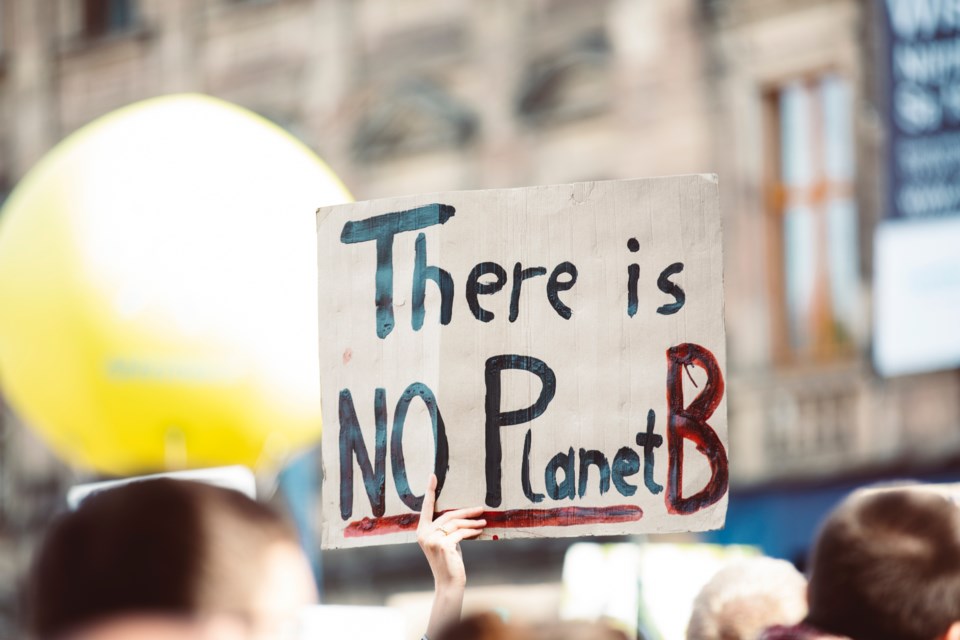The Canadian government began to levy a “carbon charge” on emissions of carbon dioxide in 2018.
Provinces with their own carbon taxation were unaffected. Because Ontario dismantled a “cap-and-trade” arrangement set up by a previous government, it became subject to the federal carbon levy.
Realizing this would be a burden on lower-income Ontarians the federal government offered a “climate action incentive” which residents could claim on their income tax. From July 2022, this was simplified to a “climate action incentive payment” or CAIP sent automatically to every resident on Ontario. For a married couple with no children, this came to $732 in 2022.
Earlier this week, Barrie-Innisfil MPP Andrea Khanjin tabled a motion at Queen's Park stating: “That, in the opinion of this House, the federal government should halt the carbon tax hike set for April 1, which will add 14.31 cents to the cost of a litre of gas, and will therefore increase the cost of everything for Ontarians.”
This is likely to be popular, but would be wrong on two counts.
First of all, the annual Federal CAIP (see the Canada Revenue Agency website for details) of $732 exceeds the carbon charge for many people, particularly those driving a car rather than an SUV.
A typical small car consumes around seven litres per 100 kilometres — city and highway, combined. Driven 20,000 kilometres per year, it would burn 1,400 litres and the 2022 carbon levy would be about $160. Even if you drive a “full-size” pickup truck, annual fuel consumption of 3,000 litres would be subject to a carbon charge of about $342.
When we first bought our house 35 years ago, it used 3,015 cubic metres per year of natural gas (heating, hot water and cooking) for a house of 200 cubic metres (averaged over 12 years).
We added insulation, fitted triple-glazed windows and a high-efficiency furnace. This reduced annual gas consumption to 1,725 cubic metres, or 43 per cent! In 2022, our carbon tax was $153. Had we still been consuming 3,015 cubic metres, we would have paid a carbon levy of $267.
Had we not bothered to prioritize domestic energy-efficiency and had we driven a large, heavy vehicle 20,000 kilometres per year, we still would have paid just $609 in carbon taxes – $123 less than we received in CAIP.
In other words, to exceed the standard CAIP paid out to a married couple with no children at home, we would have had to be living in a much larger house with two thirsty vehicles and driven both of these more than 15,000 kilometres per year.
The second count is very simple. We all have choices to make. My wife and I chose to invest in making our house energy efficient. Our garage houses two modest vehicles. We make out like bandits on the CAIP.
And that’s what the carbon charge seeks to do. When first initiated, it nudged us gently toward taking energy-efficiency seriously. The nudge gradually became a serious push. It not only saves you from paying the carbon charge, it also lets you keep more of the income you earned.
Taking energy-efficiency seriously is like getting a raise from your employer, except it’s much better because it’s tax-free.
Peter Bursztyn is a self-proclaimed “recovering scientist” who has a passion for all things based in science and the environment. The now-retired former university academic has taught and carried out research at universities in Africa, Britain and Canada. As a member of BarrieToday's community advisory board, he also writes a semi-regular column. If you have a question Peter might be able to answer or something you're curious about, email us at [email protected].



